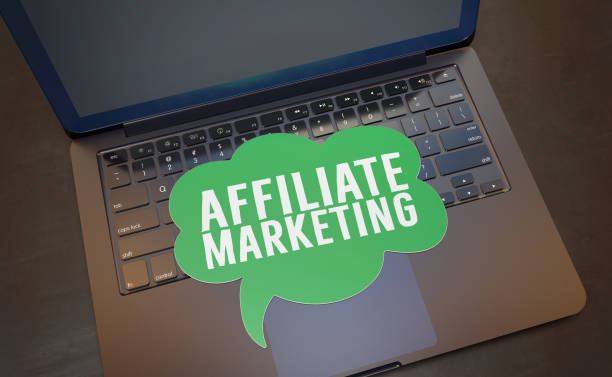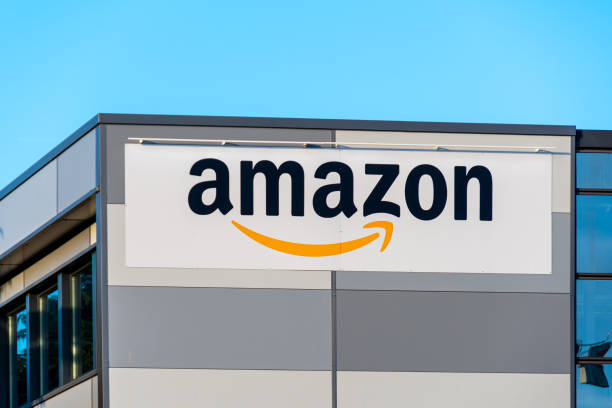In today’s digital landscape, E-Commerce has emerged as a prominent force, revolutionizing the way businesses operate. With the rise of online shopping, the importance of E-Commerce PR has become undeniable. As brands strive to enhance their online presence and drive sales, E-Commerce PR strategies have evolved to encompass various marketing channels. And so, this article will explore the basics of E-commerce by diving into what it is, how it works for PR in E-commerce, and simple strategies.
What is PR?

Public relations is a strategic communication process that builds mutually beneficial relationships between organizations and their audiences. In simple terms, it’s a strategy to communicate how valuable you are to your audience through earned media.
PR often encompasses a variety of practices and realms. E-commerce companies can establish strategic communication through a variety of marketing channels.
These can include public gatherings (meetings, speaking events, etc.), TV or radio interviews, social media influencers on a variety of platforms (Facebook, Instagram, YouTube, etc.), newsletters, websites, and blogs (niche blogs, industry blogs, and online publications).
How does PR for eCommerce work?

PR for eCommerce involves reaching out to journalists and bloggers to promote products and boost online visibility. Brands create customized pitches for targeted media contacts, aiming to secure product reviews and news features.
Engagement
Engagement with journalists extends to social media platforms, fostering relationships for future collaborations and amplifying brand exposure. Collaborations with influencers, such as video bloggers and YouTubers, widen the audience reach and enhance brand credibility.
Cost-Effective
The performance PR model offers a cost-effective approach, where publications are compensated based on the traffic and sales they generate. Unlike traditional press releases, this model ensures measurable results and ROI for brands.
Optimization
To optimize conversions, eCommerce PR integrates retargeting tools like email marketing and ads, engaging with visitors who haven’t converted initially. These strategies nurture leads and encourage them to make a purchase decision.
Ultimately, building meaningful relationships with journalists and content creators remains central to successful eCommerce PR. By securing extensive coverage and reaching a broader audience, brands can drive traffic, boost rankings, and increase sales on platforms like Amazon.
Simple PR Strategies For E-Commerce

Creating A Powerful Brand
PR in eCommerce revolves around crafting the right brand image and positioning it effectively. Selecting a memorable domain name that reflects your brand values is crucial for SEO optimization.
For established brick-and-mortar businesses, maintaining consistency by using a domain name aligned with existing branding is advisable. Conversely, for startups, acquiring an established brand from the industry can expedite the PR process significantly.
Starting a brand from scratch can be time-consuming, whereas purchasing an established one can provide a head start in your PR endeavors. Platforms like Shopify offer marketplaces where businesses can find established brands for sale, ensuring alignment with their own values and aiding in their PR strategy.
Identify Consumer Triggers
In eCommerce PR, understanding consumer behavior is pivotal for success. Triggering emotions can be achieved by reinforcing existing beliefs or presenting contrasting ideas. Both approaches aim to evoke the necessary emotions for consumers to take action, optimizing SEO strategies.
For example, many consumers have firm beliefs about their sleeping positions. A bedding company’s study capitalized on this by challenging common beliefs, sparking consumer emotion and engagement.
By tapping into consumer emotions, eCommerce PR campaigns can effectively drive action and engagement. Whether aligning with or challenging beliefs, the goal remains to elicit a response from consumers, enhancing brand visibility and SEO performance.
Develop Compelling Content
In E-commerce PR, digital marketing content spans articles, videos, and podcasts, tailored to resonate with target audiences based on customer profiles.
Media outlets prioritize data-driven campaigns, favoring content featuring statistics and industry insights, fostering credibility and potential coverage. Newsjacking, leveraging current events including competitor news, enhances PR efforts, aided by social monitoring tools like Google Alerts.
Considering platform suitability is key, with unboxing videos thriving on Instagram over Twitter, and content repurposing maximizing reach across platforms, such as converting TikTok tutorials into Twitter-friendly infographics.
Final Thoughts
In conclusion, mastering PR in E-commerce entails understanding its fundamental principles and implementing effective strategies.
By leveraging various marketing channels, brands can enhance their online presence and drive sales in today’s competitive digital landscape. Building meaningful relationships with journalists, influencers, and consumers remains pivotal for success while crafting compelling content tailored to resonate with target audiences is essential.
Through strategic communication, data-driven campaigns, and thoughtful content creation, E-commerce PR can amplify brand visibility, foster consumer engagement, and ultimately contribute to business growth.
With continuous adaptation and innovation, brands can navigate the dynamic E-commerce landscape and achieve their PR objectives successfully.












